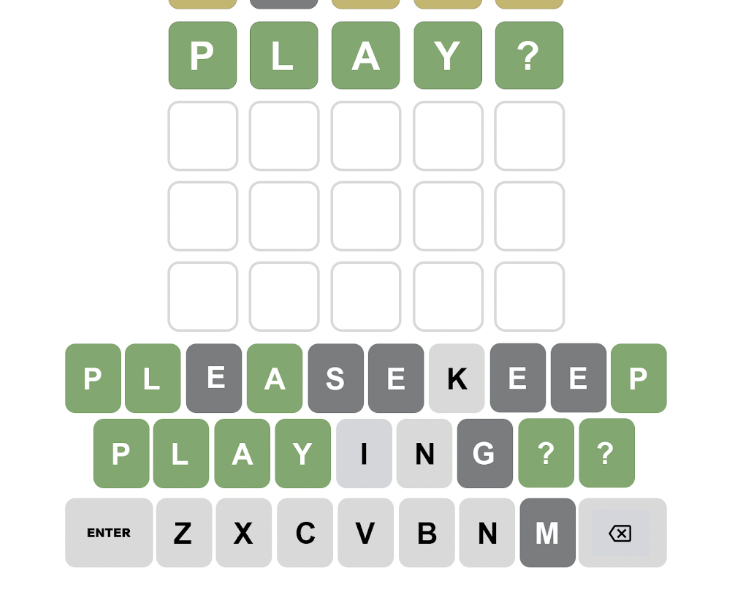Glancing up from your laptop during a boring lecture and seeing a handful of people lost in today’s New York Times (NYT) Games is part of the ultimate McGill experience. Wordle, Connections, the Mini Crossword, and other beloved NYT puzzles are many student’s go-to games when they have a minute to spare, making them an integral part of many of their daily routines, whether in class, at the library, or at home.
The Tribune spoke with McGill students about what makes these addictive puzzles so popular and whether they still have the same widespread appeal they did when they first launched during the pandemic.
“[The Games] are quick and don’t take much time but still take some brain power,” Nuala O’Connell, U2 Arts, explained.
The NYT Games seem to have found a sweet-spot between challenging and relaxing, making them a great way to start a study session as they allow students to decompress while simultaneously stimulating their mind.
“I play them at the library right before I start studying or on my study breaks so I can relax,” Anna Bistour, U2 Arts, shared in an interview with The Tribune.
“The games provide some kind of mental stimulation that is not completely devoid of logic,” said Angela Chu, U4 Arts. Since they are also relatively quick, they’re convenient for short breaks throughout her busy days. The combination of the post-completion rewarding feeling with the swiftness of the puzzles are irresistible features for most students.
Another reason the games are a hit with McGillians is that they serve as great conversation starters.
“They are the same thing for everyone so you can easily talk about them with other people,” Yuval Klein, U1 Science, shared.
She mentioned that quick questions like “Did you do the Connections today?” provide an easy way to socialize with others. Nerds have been searching for their version of “Did you catch the game last night?” for decades, and the NYT Games seem to have finally filled this void.
The social aspect of the games extends even beyond the McGill campus as many students love sharing their NYT scores with family. Bistour explained how many people like to send their scores to their family or friends to keep in touch with loved ones every day.
“The games can get kind of competitive when you do them with friends, which is the fun of it,” Bistour further explained.
Chu went on to highlight how the competitive side of the games is often reflected in class when some people are careful about others “spoiling” the puzzles, as many students stress the importance of being able to do them by themselves.
Although the NYT Games are still present in many students’ daily routines, there are some downsides to their addictiveness.
“[I] wasn’t paying attention during lectures and it was bad for focusing on studying,” Klein said.
She still enjoys the occasional Mini Crossword, just not during every single lecture.
“I do not play them in lectures because they are very distracting,” Bistour highlighted.
The level of focus these puzzles require can keep you fully distracted, preventing you from grasping important information during class.
The New York Times Games have become a staple in McGill students’ daily lives, offering a quick mental escape while encouraging interactions between students and their family and friends. These daily challenges have become so cemented in their routines that even the rushed feeling of recognition and embarrassment as you reach for the mute button when the “end of crossword” song starts playing in a silent lecture seem integral to McGill life. Although there are some less desirable aspects of the games, the overall consensus is that they are most students’ go-to amusements, and it would be difficult to imagine the campus without them.









